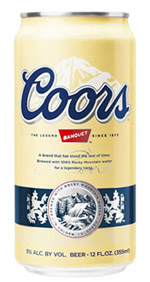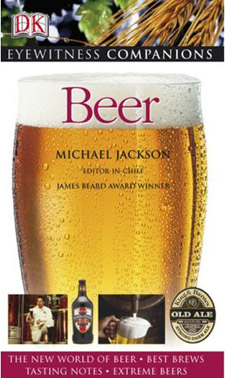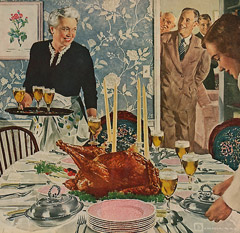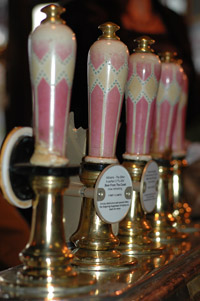 A few beer related thoughts to help you shake free of any turkey-infused haze remaining after a long weekend:
A few beer related thoughts to help you shake free of any turkey-infused haze remaining after a long weekend:
– The Milwaukee Journal Sentinel examines if a surprising surge in sales of Coors Banquet means full-calorie, mainstream, premium-priced beers can end their 21st century slide (Budweiser sales, for instance, fell 21% from 2002 to 2006).
There’s also the chance that Coors’ modest gains aren’t a barometer of anything. “I guess it shows you that a brand can get so small that it can finally find its base,” said Eric Shepherd, editor of Beer Marketer’s Insights.
– As the story about the effects of higher prices for beer ingredients continues to gain momentum (here and here) the Cascade hop has turned out to be a poster child for the sudden change.
As recently as July the industry was still working through years of oversupply and you could buy a pound of Cascade for $3. Now we’re hearing about prices 1000% higher. That’s the spot market and not what the average brewer will pay in 2008, but it make you realize . . .
Once again, Stone Brewing is a step ahead. The brewer of Arrogant Bastard Ale and other hop-infused beers has been Cascade free since opening in 1996. OK, that doesn’t mean its hops cost any less, but it makes a good story.
– Bill Brand begins a story about “extreme beers” with a discussion of price, in this case asking ” Would you pay $30 for a bottle of beer?”
John Alderete is betting that some of us will. Having persuaded a group of investors to back him, he is now fermenting an experimental trio of beers in wine barrels at Devil’s Canyon Brewing in Belmont, pending licensing for his own Mayfield Brewing Co. in Palo Alto.
Mr. Alderete may make terrific beer, and $30 for a 750ml bottle might turn out to be a great price, but one reason that high prices for a few special releases seem reasonable is that the breweries selling them have established a history of excellence.
If we start paying $30 for beer just because of the price tag looks impressive then Alan has a right to complain.

 We’ve got
We’ve got 